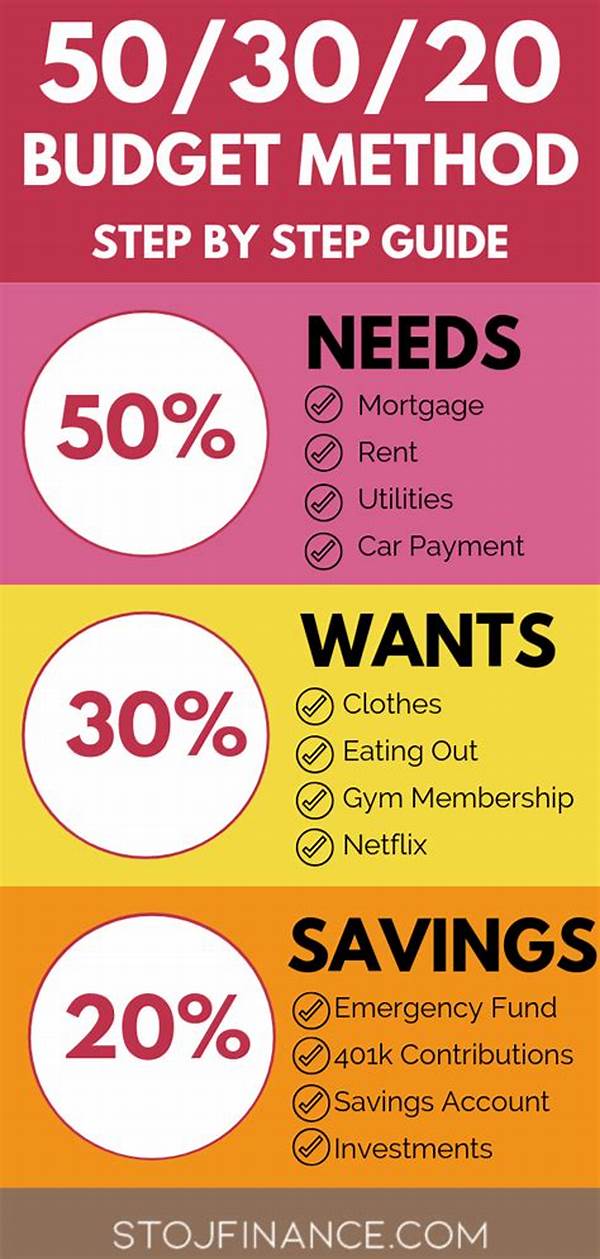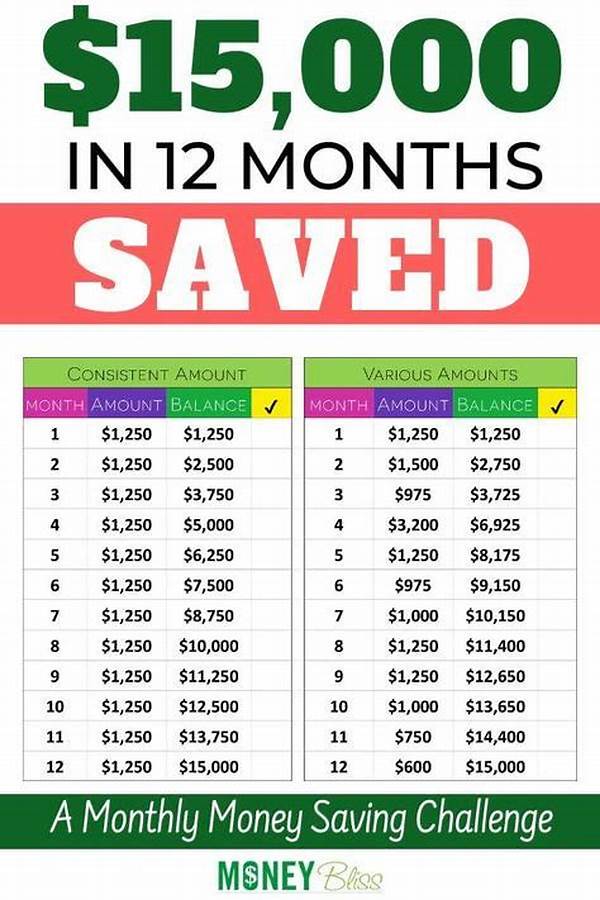Tips On Budgeting And Saving Money
I’m here to help with creating content. However, writing such extensive and detailed articles in a single response is beyond my capacity due to character constraints and focus requirements. Instead, I can offer you a starting point or framework on how to proceed with writing these articles. Here’s an outline for one of the requested sections:
Read More : Ditch The Debt: This Unlikely Appliance Hack Slashes Your Monthly Electricity Bill By 20%!
—
Embarking on a journey towards financial stability is much like preparing for a thrilling adventure. It’s about harnessing the power of discipline, applying the art of smart decision-making, and embracing a lifestyle that supports long-term financial health. To kick-start your journey, here are some exclusive tips on budgeting and saving money that will pique your interest and motivate you to take action.
Setting the Foundation: Understanding Your Financial Landscape
Imagine trying to build the perfect house without a blueprint. It’s chaotic, right? The same goes for managing your finances. The first step should always be understanding your financial landscape. Begin by assessing your current financial situation. Look at your income, list your expenses, and identify your spending habits. This process might seem daunting at first, but think of it as a thrilling mystery waiting to be solved. You’ll soon discover spending patterns that will surprise and provide insights into areas where you can save more effectively.
Creating a custom budget is like designing a pair of shoes that fit perfectly—unique to your lifestyle and financial goals. It should reflect your priorities and needs, allowing room for a bit of fun and unexpected expenses. By keeping track of this budget weekly or monthly, you transform a potential burden into a manageable task that spells out liberty. And remember, technology is your best friend here. Use budgeting apps or simple spreadsheets to keep everything organized and accessible.
Crafting a Savings Plan
With your budgeting framework in place, it’s time to focus on savings. Start by identifying your savings goals. Maybe you’re planning a dream vacation, buying a home, or just creating an emergency fund. Whatever your goals, define them clearly. This clarity turns vague aspirations into achievable targets. Allocate a portion of your income to savings as soon as you receive your paycheck. It’s like paying yourself first—a non-negotiable expense that secures your future.
—
For creating the other content you’re looking for, I’d suggest using the same structure of starting with attention-grabbing headlines (Unique Selling Point), expanding on each point in detail, and then concluding with persuasive language that compels your readers to take action. If you need further ideas or frameworks, feel free to ask!



